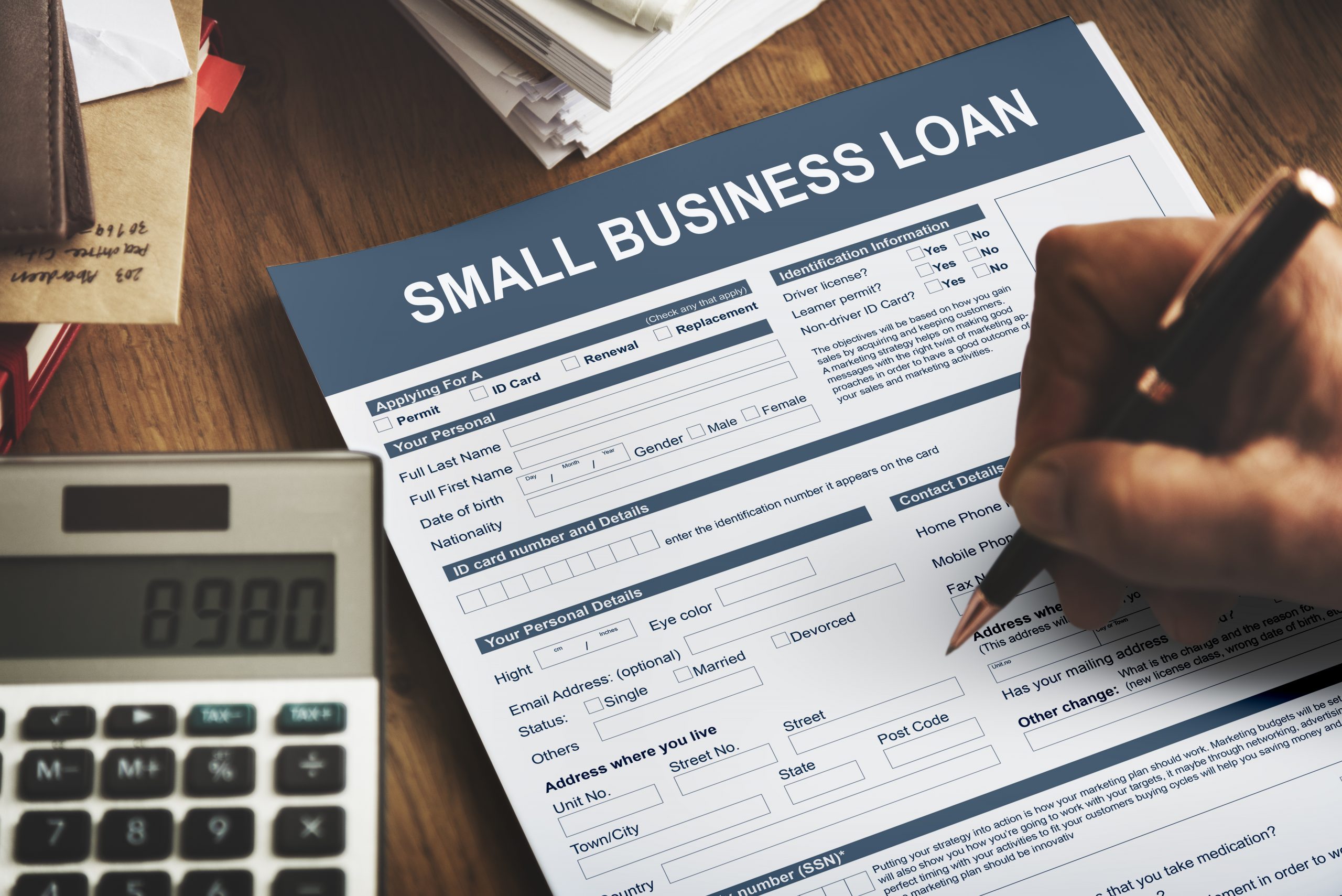‘Terms’ as used in the world of finance, is known as the span of time your loan payment may continue, which could be short or long term. However, this discussion focuses on terminologies used in the field as related to loans and finances. So, as a prospective borrower, getting acquainted with the common jargon of the financial world would go a long way in tilting the balance in your favour.
Without much ado here are the loan terms you are likely to encounter.
APR: fully called the Annual Percentage Rate, it is a financial concept that relates your loan amount, the time it was received and fees/payables that comes with it. It is often misinterpreted as a measure of your interest ratio, but it’s not.
Amortization: This is a loans-payment structure that compels the borrower to pay off the borrowed sum in specified fractions and at given intervals until both principal and interests are paid off. While amortization is mostly common to term loans, assets can also be amortized as payment for intangible goods broken into several units.
Assets: these are valuables owned by the borrower which could serve as collateral for loan categories that require them. Most traditional term loans and some SBA loans often ask for this form of collateral as a guarantee of your ability to pay back. Lenders that don’t consider the value of your assets before agreeing to fund you, find other means to ensure your ability to pay back.
ACH Payments: fully called Automatic Clearance House payments, it’s a US-established database for managing electronic payments on debit and credit transactions. The common version is the ACH debit transfer that grants a third party (which may be a Merchant, vendor or lender) direct access to your business accounts and withdraw funds you might have consented to.
Balloon Payments: this is a payment attached to a particular loan type. The loan type lacks full amortization, hence the Balloon payment covers all outstanding payments. The name was coined from the usually large size of the sum.
Cash Flow: this describes the day-to-day movement of funds in and out of your business. It’s a measure of how well the business runs its finances and how profitable the venture becomes at the end of the day. Poor cash flow management is the #1 reason small business fail.
Cash flow is one of the major factors lenders will consider before agreeing to lend funds to an already established business, while some businesses with poor cash flow are outrightly declined, others may be allowed to tender other strong points as reasons to be considered.
Collateral: These are valuable assets you may offer as security for the loans requested, it is usually commensurate with the size of the loan and withheld if the borrower fails to pay back the borrowed sum. When applying for a small business term loan, there is a lot of information that your lender will need prior to the final approval of your loan.
Credit Score: this is a numerical expression of a borrower’s creditworthiness, it is calculated based on the correctness of the borrower’s financial decisions in the past. There are different methods to calculate the score and there is a difference between credit score and FICO score.
A credit score is split into a business credit score and personal credit score as related to business and personal finances respectively.
A good credit score is usually around 750 and above while a poor credit score is less than 500. The high credit score has the potential of securing you a loan with no collateral and as well reducing the interest rate stacked against you.
Default: this is the financial term used to describe an inability to return monies borrowed, wholly, in parts, or as frequently as the lending institution had determined. It is often met with a penalty, an increased interest or result in a poor credit score.
Debt Financing
It’s a source of business funding that requires you to pay back a principal amount and the interests that accrue. In general terms, it’s another word for taking small business term loans for your business needs. It is often regarded only as the traditional loans given by banks, while all other loans are addressed by the name of their respective funding types, for example, loans from credit unions are called credit union loans.
Equity: this is the value of business shares you offer a lender in exchange for some particular amounts. It’s often not accompanied by the need for collateral because the equity in its self may serve that purpose.
Fixed Assets: this is sizable property or equipment that may be accepted as collateral for secured loans. It is not consumable or convertible into cash, it is rather used to generate income.
Fixed Interest Rates: it is an ‘interest’ plan that has a uniform value throughout the payment period. The benefit is that it allows you an accurate prediction of your future payments. its alternate version is the variable interest rate
Grace Period: this is the amount of time you will be allowed to remain free of a penalty after the actual term of repayment elapses.
Interest: in this field, interest is a regular deposit made as a result of a delay in paying off the borrowed amount.
Insolvency: this is the term used to describe a business’ or lender’s inability to pay back the borrowed sum.
Liability: this concept refers to monetary obligations or debts you may pay back periodically.
Lines Of Credit (LOC): this is a funding cycle that allows you to withdraw up to a certain amount, pay back and withdraw up to that amount again. Depending on how well you adhere to the systems requirements, your line of credit and withdrawal limits may get increased
Long Term: any debt you are allowed to clear up with at least up to a year of delay is said to be in the long term. It is often taken from Banks and alternative lenders.
Lien: The concept of Lien allows you to offer your ownership of some valuable item as security to obtaining a loan
Liquidity: this refers to the availability of payable funds or assets in a business’s financial structure.
Maturity: this is a stage of completion of all forms of payment that build-up on a loan, that is; principal and interest.
Merchant cash advance (MCA): this is a funding option that allows a business to pay back in fractions with the cash values of your daily credit card entries.
Mortgage: it is a particular loan type used to acquire a house or any other such property. In principle, what is done here is that the Bank purchases the property in your name and you gradually pay off the bill and interest. The property under these circumstances also serves as security for the loan.
Net Profit/Income: this is used to describe the total amount you are entitled to, after removing all forms of payments and charges encountered.
Overdraft: This is the act of withdrawing more funds than you currently have in an account. It’s also a business financing choice based on the trust granted to you as an account holder of the bank.
Principal: this is the actual amount you have borrowed, exclusive of interests and other charges.
Profit And Loss Statement: also called an income statement, a P & l statement is a record that contains the data on your business profit and loss within a time frame. Most traditional lenders (banks especially), requires this document before granting your business loan requests.
Prime Rate: this is an average interest rate a lender places on candidates with the best credit score. It is like a standard with which borrowers with lower credit scores may calculate their most probable interest rates, based on certain factors.
Refinancing: debt refinancing is the use of a new and larger loan to pay off existing debt. With this, you could circumvent the accumulated interest on the old debt and start paying a more acceptable amount as interest for the new loan.
Security: in the finance sphere, ‘security’ refers to an asset that is used to stand as a guarantee for the repayment of a borrowed sum. It’s another word for ‘collateral’, however, the meaning has recently been expanded beyond this basic description.
SBA: small business Administration is an arm of the government that offers small and medium businesses a loan.
The system guarantees a qualified lender of up to 90 percent of the loaned amount provided the candidate has a reliable credit score (business and personal).
Term Loan: this is a loan option that allows you pay in pieces, over a specific time frame, depending on both the lender and type of loan sought. Small business term loans can be categorized according to the time period you need the funds for – Short term, Medium-term and Long-term.
An example of a term loan is a loan to a small business to buy equipment or assets that are required to the ongoing operations of the business, such as a specific machine or even a factory. We encourage you to read more to find in-depth information about small business terms loans.
Unsecured Loans
These are loan types that depend on other relevant factors apart from an asset to serve as security in case you default. Other factors that could be used to secure your unsecured loan are business invoices, credit score, and the likes, depending on your lender’s preferences.
Whttps://bizit.com/blog/best-unsecured-business-loans-9-options-to-secure-your-loan/e encourage you to read more to find in-depth information about the difference between secured and unsecured small business loans.
Variable Interest Rate: also known as adjustable interest rate; it is an interest that fluctuates according to factors like delayed payment of the previous amount and as well delaying the principal beyond the allowed term.
Of course, you are very likely to come across other loans-related terms as you go deeper into a request or expand your business’ monetary needs beyond regular loans. But a good knowledge of those written above would go a long way in putting you at an advantaged spot with lenders.
This would not only present you as a properly educated candidate but also protect you from lenders that are likely to overcharge, and as well give you bargaining points as you try to find a way to reduce the size of interest you have been burdened with.
Thanks for reading.
FAQ
What is term loan and types of term loan?
this is a loan option that allows you pay in pieces, over a specific time frame, depending on both the lender and type of loan sought. Small business term loans can be categorized according to the time period you need the funds for – Short term, Medium-term and Long-term.
What is Term Loan example?
An example of a term loan is a loan to a small business to buy equipment or assets that are required to the ongoing operations of the business, such as a specific machine or even a factory.
What is OD limit?
This is the act of withdrawing more funds than you currently have in an account. It’s also a business financing choice based on the trust granted to you as an account holder of the bank.





